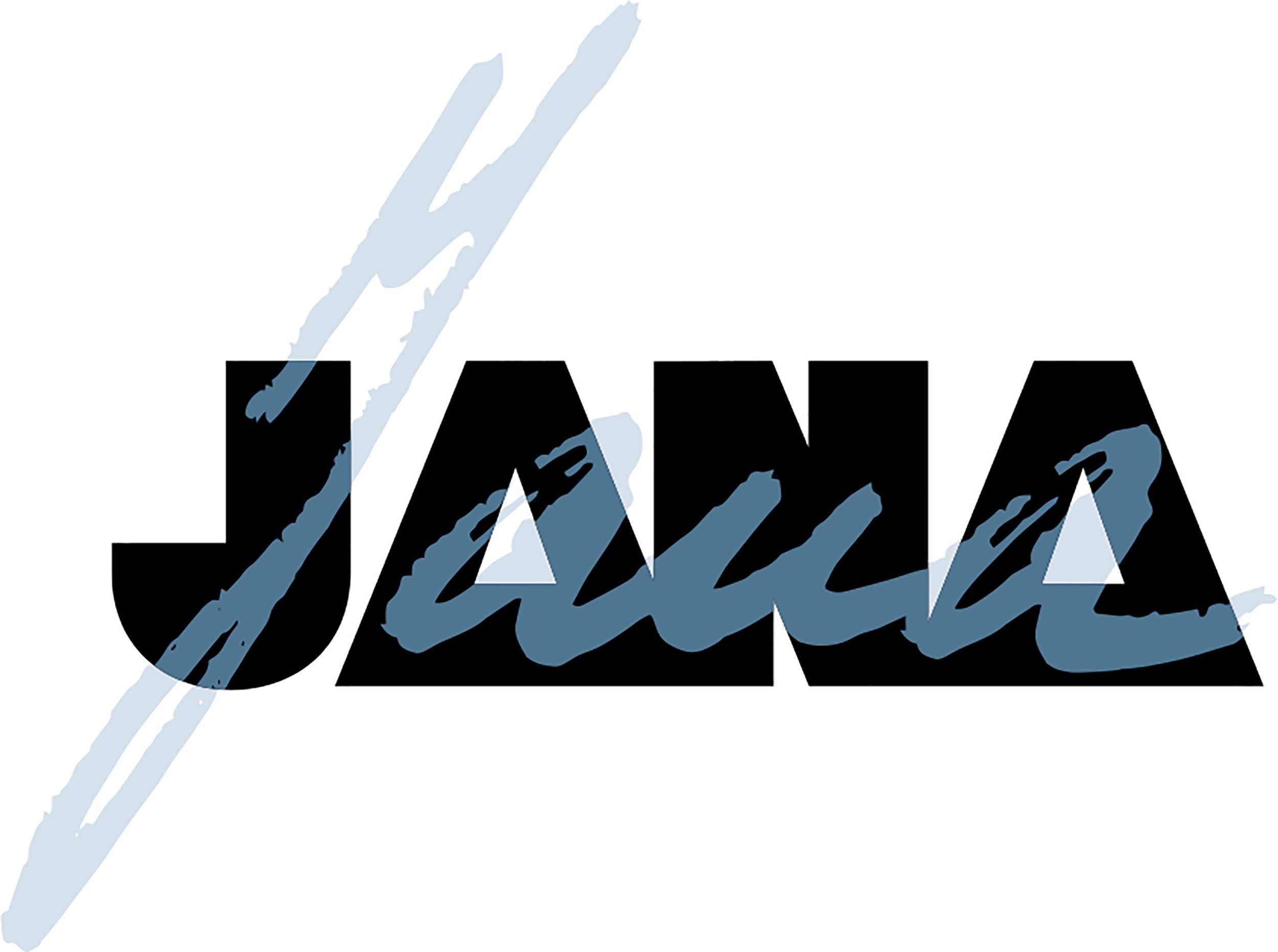The Art Of Resting
This year, for the first time in 38 years, I planned four short breaks for no other reason than to rest. And can I rest? NO! Second day in my holiday and I already felt restless. On the third day I was back in the studio painting. Let’s face it – I am a workaholic and I love painting.
So what is it that I am working on? Firstly I tidied up some loose ends and finished the impressionistic landscape from the Kimberley. My intention was to do at least 3 Kimberley landscapes during this break. We will see, still one more week to go before I return to work. I love these chunky and loose impressions. There is a great sense of creative freedom when working like this and palette knife is just a perfect tool for it. First photo is my finished piece, second is the detail, so you can see the strokes of palette knife and the last is my next inspiration: George Gorge.
My way of resting is to work on something totally different, like painting furniture. Can’t afford new furniture for the house we are building so the only other way is to refresh and change what we already have. I have chosen dusty blue as my colour palette to link all the pieces together throughout the house. I think this is a project for at least a year. Here are the humble beginnings and I am working on there more right now.
For the majority of these pieces I am using Annie’s Sloan chalk paint with edition of other acrylic, oil paint, different decorative finishes as well as mosaics.
Decorative art was a very successful business I was running in Perth between 1990-2001, painting murals, trompe l’oeils, decorating furniture, walls and ceilings. Here are some great examples from the past.
Let’s return to the present. In the last blog I promised to talk about inspiration, references and ideas in more details, specifically about the photo references. Ideas are all around us, we just need to look and be ready to capture them.
3 ways to do it:
1. Taking your own photo. We talked about this in the previous blog – definitely the best option.
2. Draw and write. There are also ideas that are born in your mind. Make quick sketches with pen or pencil on any kind of paper available. Do not wait too long, the idea can disappear as quickly as it arrived. What you can’t draw describe it by writing. If there is some visual image that helped you to conceive the idea, take it with you if you can. Later on you can redraw it in your sketch-book. Make all kind of reference sketches during your holidays and travels, they can be used on their own or in conjunction with your photos.
3. Use someone else’s photos. There are many of you that can’t take your own photos for whatever reasons. And since you are insanely in love with painting you will need to find some photos on the internet. If you do that you may very often be breaking copyright law and infringing on someones intellectual property and we don’t need that problem in our lives. There is only one safe way to use someone else’s photos and that is to look for images where the copyright owners have already given permission for their use through something called a Creative Commons Licence.
You are specifically looking for two licences: CC0 License or the Attribution License. With CC0 License you can produce any artwork, sell it and reproduce it without asking for permission. (CC0 is the “no copyright reserved” option in the Creative Commons toolkit – if effectively means relinquishing all copyright and similar rights that you hold in a work and dedicating those rights to the public domain). With Attribution License you are required to credit the owner of the photograph.
Here’s what the symbols for those licenses look like:
CC0 License
Attribution License












